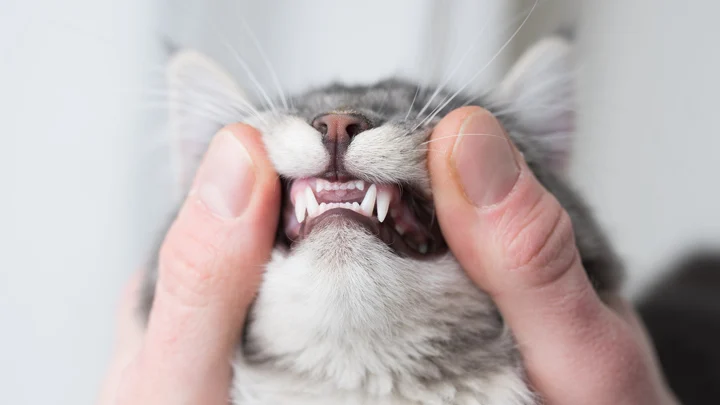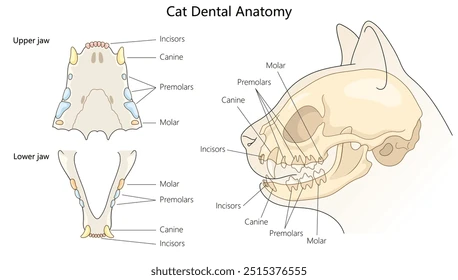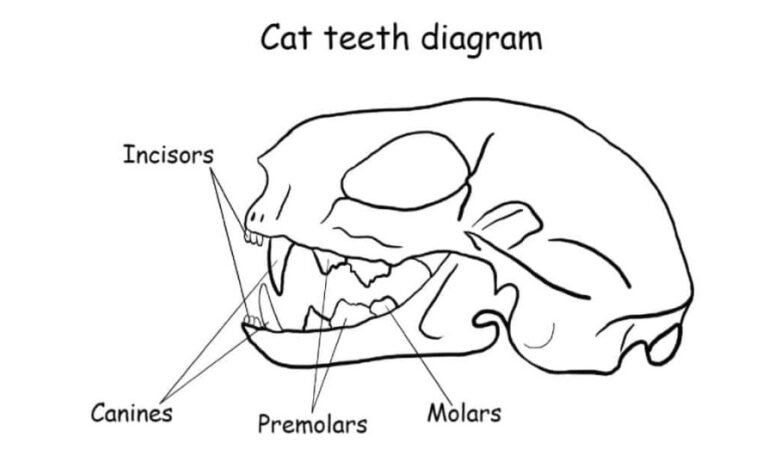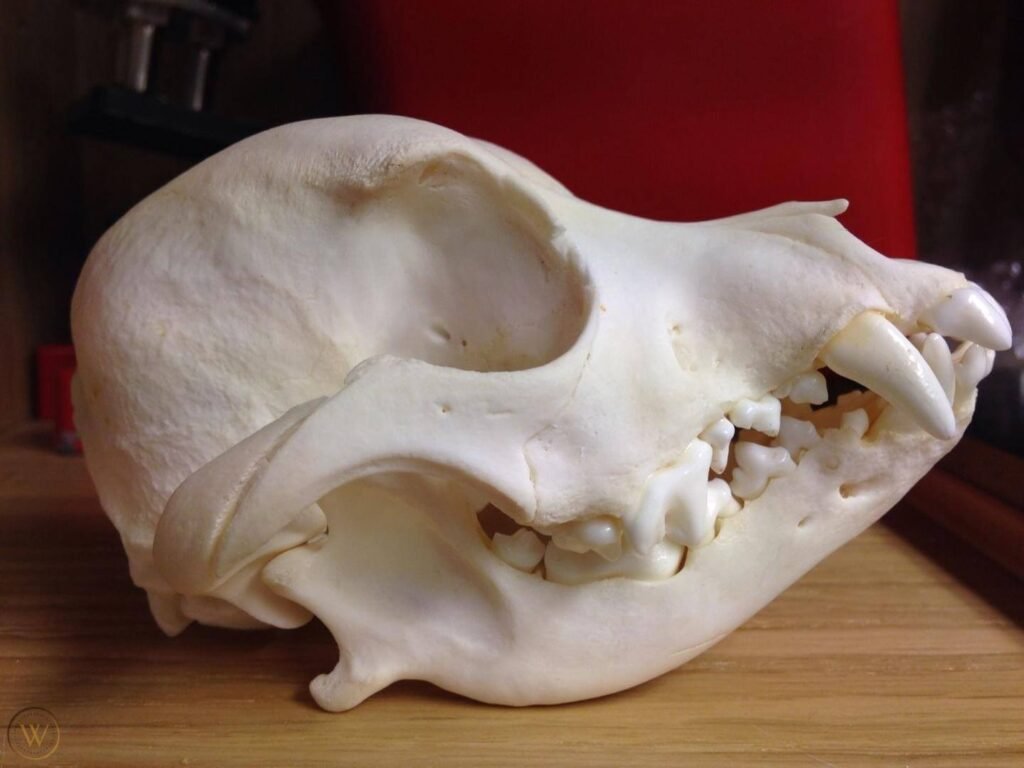
Stay Connected with Us!
Join our communities for the latest updates, tips and earning opportunities:
Cat Dental Chart: A Comprehensive Guide to Your Feline’s Oral Health
Cats, like humans, require proper dental care to maintain their overall health and well-being. Understanding a cat dental chart is essential for pet owners to keep track of their feline’s oral hygiene, prevent dental diseases, and provide timely interventions when necessary. This guide will explain what a cat dental chart is, its components, and how to use it effectively.
Table of Contents
ToggleWhat Is a Cat Dental Chart?
A cat dental chart is a visual tool used by veterinarians to document and track the condition of a cat’s teeth and gums. It provides a detailed diagram of a cat’s mouth, showcasing the arrangement of teeth, their condition, and any abnormalities. This chart is essential for:
Monitoring Dental Health: Helps track changes over time.
Planning Treatments: Aids in identifying dental issues and planning interventions.
Communication: Facilitates clear discussions between pet owners and veterinarians.
Understanding the Anatomy of a Cat’s Teeth
Cats have 30 adult teeth, each serving a specific purpose:
Incisors (12): Small, sharp teeth at the front used for grooming and picking up objects.
Canines (4): Long, pointed teeth designed for gripping and tearing meat.
Premolars (10): Located behind the canines, these teeth help in chewing and shearing food.
Molars (4): Found at the back of the mouth, they are used for grinding food, though less developed in cats.
The dental formula for adult cats is:
2(I3/I3, C1/C1, P3/P2, M1/M1)
This formula shows the number and type of teeth in each quadrant of the mouth, aiding in accurate identification.
Components of a Cat Dental Chart
A typical cat dental chart includes the following sections:
Cat Information: Basic details such as the cat’s name, age, breed, and weight.
Tooth Chart: A diagram displaying each tooth’s position and condition.
Assessment Notes: Observations on tooth color, tartar buildup, gum health, and other abnormalities.
Treatment Records: Details of past procedures like cleanings, extractions, or fillings.
Follow-Up Plans: Recommendations for future dental care and check-ups.
How to Read a Cat Dental Chart
Key Symbols and Notations
Veterinarians use specific symbols to denote conditions:
X: Missing tooth
O: Cavity or decay
R: Root canal needed
F: Fractured tooth
These notations allow for quick identification of dental issues and help in treatment planning.
Tooth Numbering System
Each tooth is assigned a unique number based on its location:
Upper Right Quadrant: 100 series (e.g., upper right canine is 104)
Upper Left Quadrant: 200 series
Lower Left Quadrant: 300 series
Lower Right Quadrant: 400 series
This system ensures clear communication between pet owners and veterinarians.

Common Dental Issues in Cats
1. Gingivitis
Symptoms: Red, swollen gums; bleeding during brushing.
Causes: Plaque buildup leading to gum inflammation.
Treatment: Regular brushing and professional cleaning.
2. Periodontal Disease
Symptoms: Receding gums, bad breath, loose teeth.
Causes: Advanced gum disease from untreated gingivitis.
Treatment: Deep cleaning, possible tooth extractions.
3. Tooth Resorption
Symptoms: Pain, difficulty eating, visible pink spots on teeth.
Causes: Enamel erosion from the inside out.
Treatment: Extraction of affected teeth
Preventive Dental Care for Cats
Daily Care Routine
Brushing: Use a cat-specific toothbrush and toothpaste to clean teeth 2-3 times a week.
Dental Treats: Provide treats designed to reduce plaque and tartar.
Toys: Offer dental toys to stimulate gums and promote oral health.
Professional Cleanings
Schedule regular vet visits for dental cleanings:
Frequency: At least once a year, or more frequently for cats with dental issues.
Benefits: Removes plaque and tartar in areas that brushing cannot reach.
Dietary Adjustments
Dry Kibble: Helps scrub plaque from teeth.
Dental Diets: Specialized cat foods designed for oral health.
Water Additives: Products that help control plaque and freshen breath.

Signs Your Cat May Have Dental Issues
Watch for these warning signs:
Bad breath
Drooling
Difficulty eating or loss of appetite
Red or swollen gums
Loose or missing teeth
If you notice any of these symptoms, consult your veterinarian immediately.
Why Regular Dental Check-Ups Are Important
Routine dental check-ups help:
Detect issues early, preventing severe problems.
Ensure proper treatment and maintenance.
Improve your cat’s overall health and quality of life.
Veterinarians recommend bi-annual exams for cats with dental concerns and annual check-ups for others.
Conclusion
Understanding and utilizing a cat dental chart is a proactive step in ensuring your feline’s oral health. By familiarizing yourself with the anatomy of a cat’s teeth, recognizing common dental issues, and adhering to preventive care routines, you can keep your cat happy and healthy. Remember, regular dental check-ups are as vital for your cat as they are for you—a small effort for a purrfect smile!
FAQs : Cat Dental Charts
1. What is a cat dental chart?
A cat dental chart is a visual guide used by veterinarians to document and assess the condition of a cat’s teeth. It shows the position, type, and health status of each tooth.
2. Why is a cat dental chart important?
A dental chart helps veterinarians monitor oral health, identify issues like plaque buildup, gum disease, or missing teeth, and plan dental treatments effectively.
3. How many teeth do cats have?
Adult cats typically have 30 teeth, including incisors, canines, premolars, and molars. Kittens, however, have 26 baby (deciduous) teeth.
4. How can I use a dental chart for my cat at home?
While a professional should handle diagnoses, you can use a dental chart to identify teeth, track changes in your cat’s oral health, and report concerns to your vet.
5. What are the common signs of dental issues in cats?
Signs include bad breath, difficulty eating, drooling, red or bleeding gums, and visible tartar. A dental chart can help a vet pinpoint the affected teeth.








